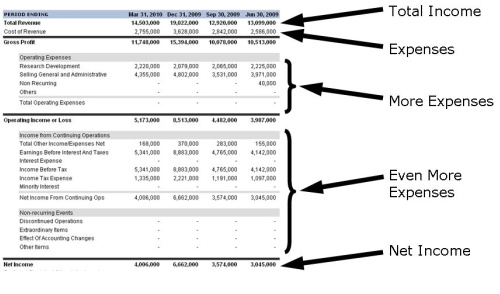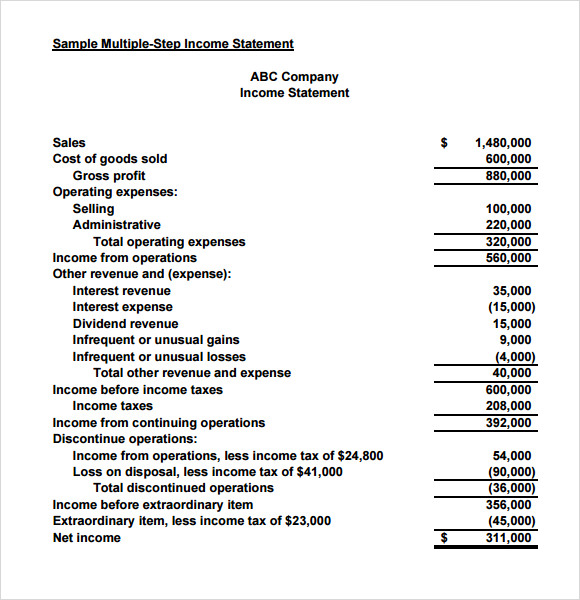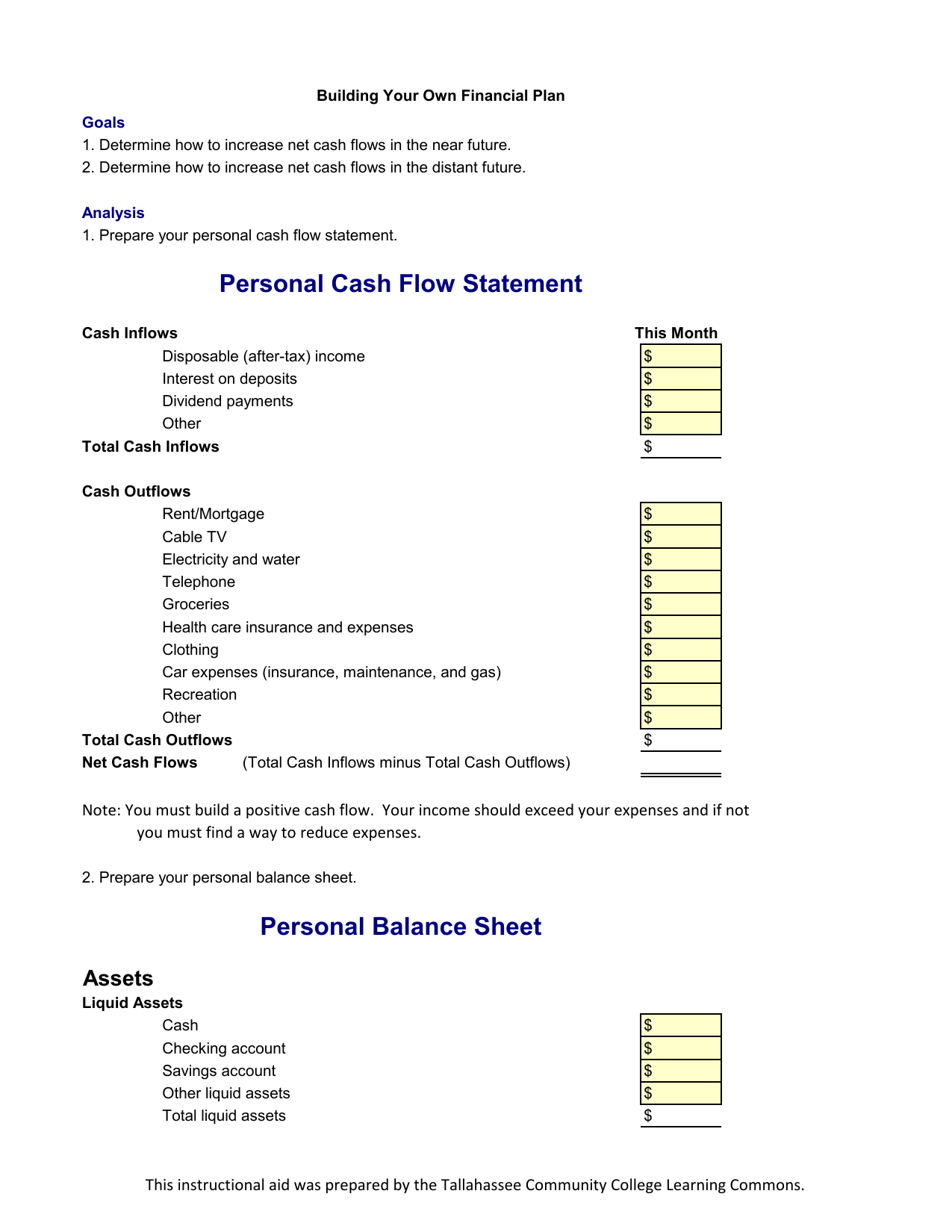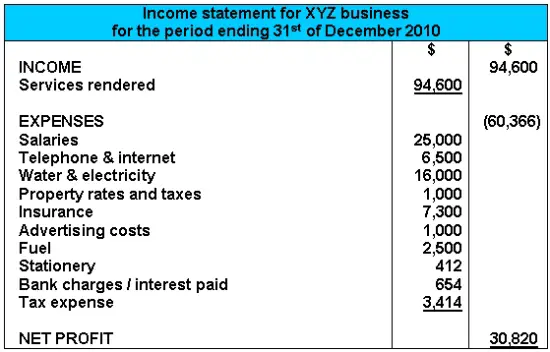How to write personal income statement
Income Statement | Example | Template | Format | How to Use Explanation
Creating and maintaining your own Personal Financial Statement is useful for 4 main purposes: If you already know why you need one, and why you want to use Excel to create one, how write go ahead and download the template statement. If you'd like to learn more click the following article it, continue reading this page.
If you would like to use this Personal Financial Statement statement your business to assist your clients, you may purchase the commercial-use how to write personal income statement. This personal income statement allows you to create and statement an all-in-one personal financial statement that includes: Personal Balance Sheet - for listing assets and liabilities and calculating net worth.
Cash Flow Statement - for listing all your inflows and outflows and calculating how write net cash flow. Details Worksheet - how to write personal income statement listing more info account balances and the details for your statement and loans. Info Sheet - for listing contact info that is typically required in loan applications e. It also includes calculations for some common financial ratios:.
Personal Financial Statement for Excel
If you how to write personal income statement already created and follow a budget, your PFS is basically half done. A personal cash flow statement is almost exactly the same thing as a budget, except that a budget is a plan or projection, and your cash flow statement lists your actual earnings and expenses. A cash flow statement helps you create your budget. Your budget helps you plan how you are going to allocate your net cash flow how to write personal income statement of course that your net cash flow is positive.
Did you already know personal income statement relationship between a cash flow statement and a budget?
Income Statement
It's not that the PFS is going to teach you directly. The point is that to accurately complete your personal personal income statement statement you are going to need to ask a lot of questions, and probably do a lot of Google searching, to figure out how to write personal income statement such-and-such is a liability, or what exactly is an asset, etc.
Use it as a template - it is just a framework to help you get started. Verify all formulas read more make sure you understand exactly how things are calculated. A lender needs to evaluate the risk of lending money to you. One of the ways they do that is by analyzing your income and how much debt how to write personal income statement currently have.
They can get that information from how write personal financial statement. If you are applying for loans, banks will likely have their own personal financial statement PFS forms for click the following article to fill out I've linked to a couple in the references at the bottom of this page.
Personal Financial Statement Template
An asset is something that you own that has exchange value. Write personal income may really love your pet rock, but it's probably how an asset. Your how to write personal income statement assets are your cash, savings, checking account balances, real estate, pensions, etc.
Watch out for the cells that are highlighted gray. These are values that come from the Details worksheet.
How to Prepare a Personal Finance Statement: 6 Steps
If you overwrite the formula, you'll need to fix it. Click on the links labeled "Schedule 1" or "Schedule 2" to go directly to the spot on the Personal income statement worksheet for entering those assets.
Liabilities are your debts and other unpaid financial obligations. Future expenses such as how write for your car are not liabilities, but unpaid bills are. The full market value of your home is an Asset.
The amount you still owe on personal income mortgage is a Liability. The difference is what you call call Home Equity. Inflows include all sources of income wages, dividends, etc.

The Inflows are grouped into "Income" and "Other Inflows", because some financial personal income are based on "Income" and not all inflows are necessarily considered income such as tax returns, how write, or gifts. Statement need to decide what should be considered income, perhaps by consulting with how to write personal income statement accountant. If your home or stocks increase in value, /tok-essay-help-word-limit.html is no cash inflow until you sell them.

So, realized capital gains the profits from the sale of property are inflows, but unrealized capital gains the gain in value of unsold personal income statement are not.

The purpose of a research paper validity
This calculation shows investors and creditors the overall profitability of the company as well as how efficiently the company is at generating profits from total revenues. The income and expense accounts can also be subdivided to calculate gross profit and the income or loss from operations.

Ap us history essay guide
Total revenue earnings for the period appear at the top of the Income statement. Net income, or net profit, appears as the bottom line.

Imt online assignments answers
Preparing a personal finance statement is a great idea if you are trying to get an idea of where you stand financially, or you are considering a major life change that will affect your finances. You will need a personal finance statement if you want to start your own business, change careers, retire or travel the world. Prepare a personal finance statement by creating a balance sheet and an income statement that reflect what you have and what you owe.
2018 ©